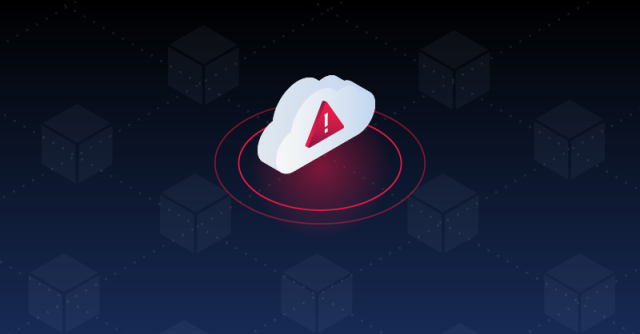Frequency Of Cyber Attack Has Increased By 50% Over 2018, Report Said
Viswamitra Jayavant - Aug 14, 2019

Cyberspace is gradually becoming more and more dangerous as threats evolve and the frequency of attacks grows ever faster, according to report.
- How 30 Lines Of Code Destroy A 27-Ton Generator
- Chinese Hackers Conducted 40,000 Cyber Attacks On India In Just 5 Days
- Hackers Tried To Break Into WHO, Are They Trying To Stop Us From Fighting COVID-19?
There is nothing that can be truly secured. This is even truer when it comes to cyberspace. If someone has the skills, resources, and the determination to break into something, they will eventually.
No matter if it’s a supply chain, secured e-mail servers, or even the Cloud, no environments are truly safe. Threat actors are constantly evolving with more sophisticated techniques and robust tools with an express aim of compromising Cloud infrastructures, corporate hardware and networks, people’s smart devices, trusted service providers, and on top of all, e-mail clients. This is according to a report filed by Check Point - a cybersecurity firm published on Friday.
Common Threats Are Still Relevant
In the report, a company’s director - Maya Horowitz - made it adamantly clear that safety is an illusion and absolutely no environments are impervious to attacks. They also pointed out that in 2019, familiar threats such as Ransomware, denial of service (DNS) attack, and Cryptominers will continue to be “relevant”. Following this address, the paper called upon security experts to stay continuously up to date with the situations from within the industry to provide for themselves and their clients the best level of cyber security as possible.

Check Point Software’s paper titled: “Cyber Attack Trends: 2019 Mid-Year” highlighted the fact that in comparison to 2018, this year had seen a drastic rise in as much as 50% cases of cyber attacks. And that banking malware has upped its standing on the threat scale to become a common and dangerous mobile-borne threat.
Evolved
As of today, banking malware is capable of covertly stealing user’s financial data, credentials, and tapping the funds from the user’s banking accounts. Even more disconcertingly, new and improved versions of this malware have already existed. All it takes is a person willing to pay for their activation for them to be widely distributed through the Internet.
Email scammers have also gotten more complex in their behaviors, using numerous techniques to bypass security layers and anti-spam filters. Encoded emails, using images embedded into the e-mail instead of plaintext, and using complex code that can mix up plaintext with HTML characters.
The rapid rise to popularity of Cloud platforms has also made them a popular target nowadays. With attackers attempting to compromise the massive resources and the treasure trove of sensitive data being stored in the Cloud.

In its assessment of the Cloud-based industries, the company reported that the internal threat of lacking security measures like misconfiguration and poor management of Cloud resources still exist. And they are all grave threats to the security of the Cloud in 2019, exposing the infrastructures to several forms of threats new and old alike.
Threat actors are also turning their attention toward supply chains. In an atypical supply chain attack, a malicious code is injected into the authentic software to modify and infect one of the critical components that made up the software itself.
Featured Stories

Features - Jan 23, 2024
5 Apps Every Creative Artist Should Know About

Features - Jan 22, 2024
Bet365 India Review - Choosing the Right Platform for Online Betting

Features - Aug 15, 2023
Online Casinos as a Business Opportunity in India

Features - Aug 03, 2023
The Impact of Social Media on Online Sports Betting

Features - Jul 10, 2023
5 Most Richest Esports Players of All Time

Features - Jun 07, 2023
Is it safe to use a debit card for online gambling?

Features - May 20, 2023
Everything You Need to Know About the Wisconsin Car Bill of Sale

Features - Apr 27, 2023
How to Take Advantage of Guarantee Cashback in Online Bets

Features - Mar 08, 2023
White Label Solutions for Forex

Review - Jul 15, 2022
Comments
Sort by Newest | Popular